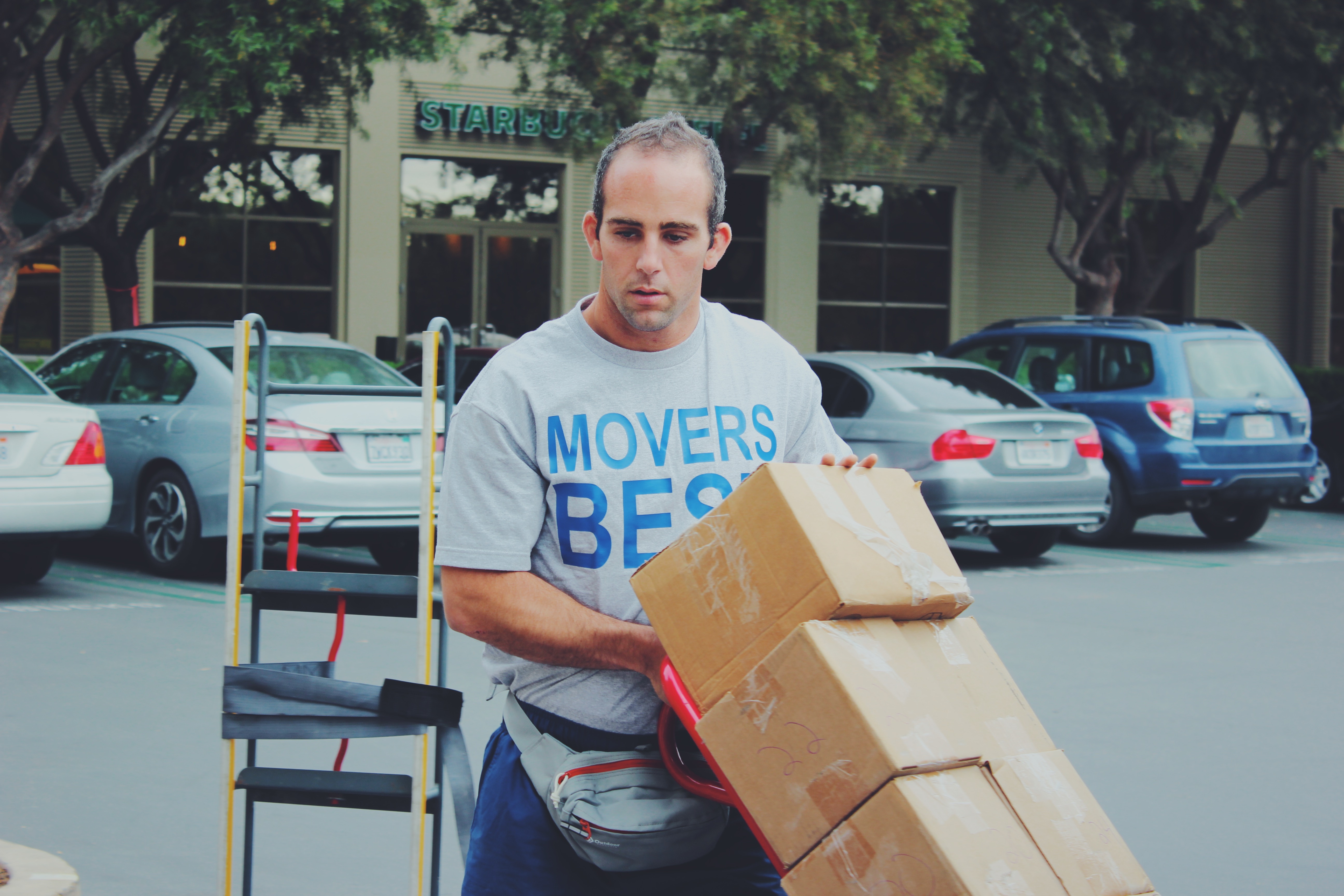
Why Hot Weather Moves Require Extra Preparation
High heat and humidity increase the risk of dehydration, fatigue, and heat-related damage to furniture or electronics. Planning your move with these factors in mind ensures a smoother and safer relocation experience.
| Risk Factor | Potential Problem | Recommended Solution |
| Direct sunlight | Furniture fading, overheating | Cover with blankets and tarps |
| High humidity | Mold or rust | Use moisture absorbers in boxes |
| Heat exposure | Food and candles melting | Avoid packing perishables |
| Physical strain | Dehydration or heat stroke | Schedule frequent breaks |
| Traffic delays | Longer exposure to sun | Start move early morning |
How to Prepare Before Moving Day
- Plan the schedule – Choose early morning or late evening hours.
- Check weather forecasts – Avoid extreme heat days above 90°F (32°C).
- Pack temperature-sensitive items separately – Electronics, plants, and liquids should travel in air-conditioned vehicles.
- Keep cold water on hand – Hydration is essential for everyone involved.
- Wear light clothing and sunscreen – Protect yourself as much as your belongings.
These small steps significantly reduce risks during hot-weather relocations.
Essential Supplies for Summer Moves
- Insulated water bottles
- Cooling towels and portable fans
- Light gloves for handling hot surfaces
- Plastic bins instead of cardboard
- Moisture-absorbing packets for electronics
- Blankets or moving pads to block sun exposure
Movers Best teams always arrive prepared with hydration plans and protective equipment to maintain comfort and safety throughout the job.
Common Mistakes to Avoid in Hot Conditions
- Packing heat-sensitive items too early – Candles, cosmetics, and food should be packed last.
- Leaving pets or plants inside vehicles – They can overheat in minutes.
- Skipping hydration breaks – Leads to fatigue and slower performance.
- Ignoring storage temperature limits – Climate-controlled storage is safer for valuables.
- Overloading trucks – More weight means higher cabin temperatures.
Avoiding these errors can save time, health, and property.
Tips from Movers Best for a Smooth Hot-Weather Move
- Start before sunrise – Cooler temperatures reduce physical strain.
- Use shaded parking areas – Keep loading zones cool and efficient.
- Keep a small cooler – Store cold drinks and snacks to stay energized.
- Label “heat-sensitive” boxes clearly – Movers will know to load them last.
- Monitor pets carefully – Transport animals in climate-controlled cars.
Professional movers are trained to manage such conditions, ensuring both speed and safety.
Example of Temperature-Sensitive Packing
| Item Type | Temperature Risk | Recommended Action |
| Electronics | Overheating | Transport in air-conditioned space |
| Wooden Furniture | Cracking, fading | Wrap in moving blankets |
| Paintings | Warping | Keep flat, away from direct sun |
| Plants | Dehydration | Move last, water before travel |
| Candles & Cosmetics | Melting | Pack separately, avoid heat |
Long-Distance Moves in the Heat
When relocating across states, vehicles can spend hours in direct sun. Movers Best advises coordinating rest stops, securing ventilation in trucks, and planning overnight stays in cooler regions when possible. Always confirm that your moving company has air-conditioned transport and climate-safe storage options.
Final Thoughts
Hot-weather moves demand more than strength—they require strategy and awareness. Proper timing, hydration, and protection for sensitive items can transform a difficult move into a successful one. Movers Best recommends early-morning scheduling, lightweight packing materials, and constant temperature control for long-distance trips.
A move under the sun doesn’t have to be unbearable—with professional planning and experienced movers, every step stays cool, safe, and efficient.


